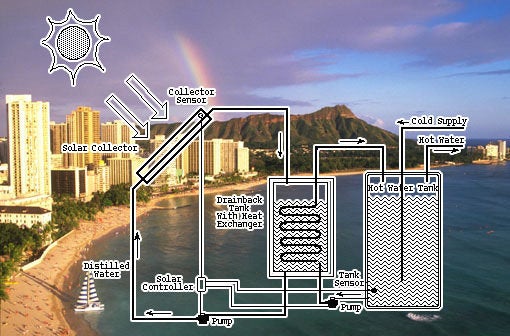
Are we witnessing history in the making?
One of the front-page stories in last Wednesday's New York Times suggests that rising fuel costs are sparking a shift in the American dream.
A downtown condo or cozy little rail-line bungalow in a first-ring suburb may soon replace the big fancy house as a symbol of the good life.
Lots of people living on the outer fringes of American cities are struggling under the weight of gasoline prices, along with increased costs for heating and cooling their dream homes. Some are moving into smaller quarters back toward the center of town -- that is, if they can find buyers for their houses.
Home values are seeing steeper declines -- or slower increases -- in the suburbs of San Francisco, Los Angeles, Chicago, Minneapolis, Portland, Atlanta, Denver, Tampa and other metropolitan regions than in the urban core, according to several sources quoted in the Times report. And the housing market is weakest in far-flung exurban areas, according to economist Joe Cortright of Impresa Inc.
Christopher Leinberger, a real estate developer and professor of urban planning at the University of Michigan, predicts that today's affluent subdivisions might become tomorrow's slums in a much-talked-about article in the Atlantic Monthly.
But even if the fortunes of outer-ring suburbs don't slide quite that far, we still find ourselves at a historical turning point. One thing that's been certain in American life for the past 60 years has been the steady outward sprawl of cities, with wealthy residents leading the exodus to new suburbs carved out of the countryside.
This ironclad trend has had profound consequences for America's environment and social relations, fueling massive energy use and the deterioration of older communities.
Now, despite the pain inflicted on many households by high energy prices, we are being handed a golden opportunity to reduce our ecological footprint and restore vitality to many neighborhoods left behind in the great rush to the suburban fringes.
This is not the end of the American Dream, but a chance to expand and replenish it. Portland, for example, put the brakes on exurban sprawl a generation ago by setting an urban growth boundary beyond which new development was restricted. Today Portland ranks high on many lists of the best cities in America.
And what if energy prices dip in the coming years? By then many people will have discovered that long commutes and cavernous homes aren't what make them happy.